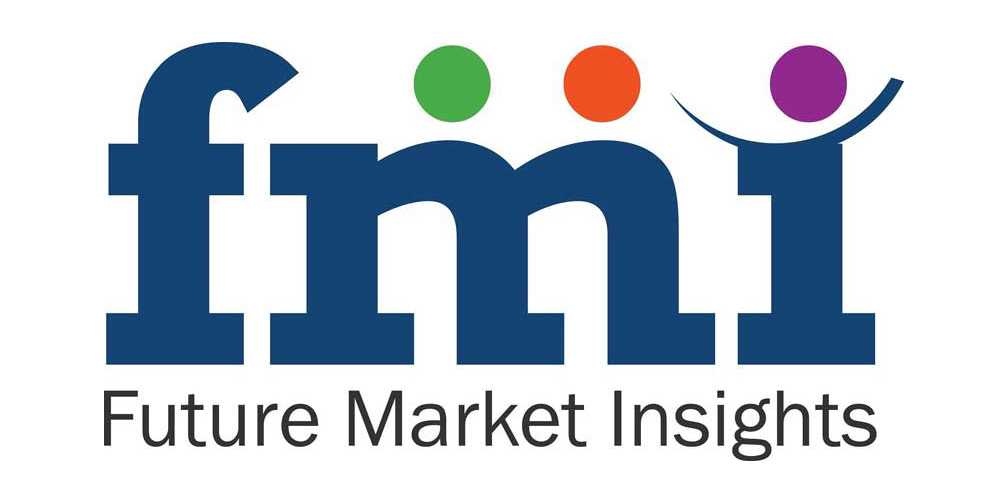Sales of automotive composites are directly correlated to automotive production and vehicle parc. Despite fluctuating economic conditions in the recent past, on an average, the global automotive market has observed reasonable growth. Efforts to reduce the weight of vehicular components will increase, thereby providing substantial opportunities for the growth of automotive composites market.
The global automotive composites market is estimated at US$ 7.4 Bn in 2019, and is projected to grow at a moderate rate during the forecast period.
Request a Sample of this Report @ https://www.futuremarketinsights.com/reports/sample/rep-gb-1216
Key Takeaways from Global Automotive Composites Market
- Glass fiber has been observed to be the most preferred composite material in the automotive industry, owing to low cost and high structural strength.
- Demand for high-performance automotive vehicles is increasing across the globe, along with the growing demand for emission control. As a result, manufacturers are focusing on using advanced composite materials due to the high temperature generating components that are required.
- The demand for passenger cars has seen a surge in regions such as India and China. This is expected to further increase the demand for automotive composites in the coming years.
- Natural fibers are also gaining popularity in the designing and manufacturing of door panels, seat backs, bolsters, and load floor, among others.
- Most automakers have started to position and re-brand their respective car models with aesthetic and stylish interior features, which demands the increased adoption of lightweight automotive composites.
While the demand for automotive composites is primarily driven by elevated automotive production, the trend of lightweight components in the aftermarket will further increase inclination towards automotive composites.
Automotive Composites Market Participants
The market for automotive composite has remained competitive, with the presence of giant players with expertise in advanced manufacturing technologies. In order to sustain in the global automotive composites market in the long run, product development is the key growth strategy being adopted by market participants. Launching advanced products that provide numerous operational benefits, and at the same time complying with existing emission norms and other regulations in the market, will help market players maintain product differentiation and strengthen their presence in the global automotive composites market.
Some of the key participants mentioned in the automotive composites market report are Mitsubishi Chemical, Teijin Limited, SGL Carbon SE, Solvay Group (Cytec Solvay Group), and Holding Toray Industries Inc.
Download PDF Brochure @ https://www.futuremarketinsights.com/reports/brochure/rep-gb-1216
AUTOMOTIVE COMPOSITES MARKET TAXONOMY
The global automotive composites market is segmented into five segments in detail to cover every aspect of the market and present a complete market intelligence approach in front of the reader.
Material
- Glass Fiber Composite
- Natural Fiber Composite
- Carbon Fiber Composite
- Aramid Fiber Composite
- Others
Resin
- Thermoplastic
- Thermoset
Application
- Interior
- Exterior
- Underbody
- Chassis
- Power Train
- Engine Components
Vehicle Type
- Passenger Cars
- Compact
- Mid-size
- Luxury
- SUVs
- LCVs
- HCVs
- Straight Trucks
- Dump Trucks/Garbage Trucks
- Semi-trailers
- Fire Trucks
- Others
- Agricultural
- Tractors
- Tillers
- Rotavators
- Harvesters
- Threshers
Agricultural
Region
- North America
- Latin America
- Western Europe
- Eastern Europe
- South East Asia & Pacific
- MEA
- China
- Japan
- India
Pre-Book Report @ https://www.futuremarketinsights.com/checkout/1216
Top Reports Related To Automotive Market Insights
Automotive Pump Market : The automotive pump market is expected to witness a significant growth in 2021, thanks to the implementation of various carbon emission norms across various countries. A study by Future Market Insights (FMI) on automotive pump market has forecast it to reach US$ 106.0 Mn by the end of 2031, growing at a CAGR of 6.1% over the forecast years (2021-2031).
Aircraft Cabin Interior Market : According to Future Market Insight’s (FMI), the global aircraft cabin interior market is forecast to grow at 2.70% in 2021, overcoming the uncertainty about market recovery and performance during a global pandemic. FMI also predicts that the aircraft cabin interior market will exceed the overall market valuation of US$ 14.5 Bn by the end of 2021.
About FMI
Future Market Insights (FMI) is a leading provider of market intelligence and consulting services, serving clients in over 150 countries. FMI is headquartered in Dubai, the global financial capital, and has delivery centers in the U.S. and India. FMI’s latest market research reports and industry analysis help businesses navigate challenges and make critical decisions with confidence and clarity amidst breakneck competition. Our customized and syndicated market research reports deliver actionable insights that drive sustainable growth. A team of expert-led analysts at FMI continuously tracks emerging trends and events in a broad range of industries to ensure that our clients prepare for the evolving needs of their consumers.
Contact
Mr. Debashish Roy
Unit No: AU-01-H Gold Tower (AU), Plot No: JLT-PH1-I3A,
Jumeirah Lakes Towers, Dubai,
United Arab Emirates
MARKET ACCESS DMCC Initiative
For Sales Enquiries: sales@futuremarketinsights.com
For Media Enquiries: press@futuremarketinsights.com
Website: https://www.futuremarketinsights.com
Report: https://www.futuremarketinsights.com/reports/automotive-composites-market
Press Release Source: https://www.futuremarketinsights.com/press-release/automotive-composites-market
